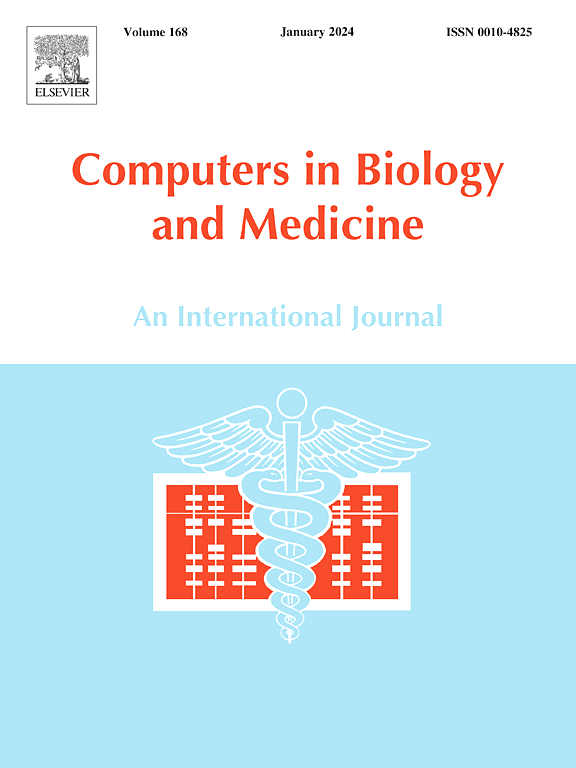Patient-based multilevel transcriptome exploration highlights relevant chemokines and chemokine receptor axes in glioblastoma
IF 7
2区 医学
Q1 BIOLOGY
引用次数: 0
Abstract
Chemokines and their receptors form a complex interaction network, crucial for precise leukocyte positioning and trafficking. In cancer, they promote malignant cell proliferation and survival but are also critical for immune cell infiltration in the tumor microenvironment. Glioblastoma (GBM) is the most common and lethal brain tumor, characterized by an immunosuppressive TME, with restricted immune cell infiltration. A better understanding of chemokine-receptor interactions is therefore essential for improving tumor immunogenicity. In this study, we assessed the expression of all human chemokines in adult-type diffuse gliomas, with particular focus on GBM, based on patient-derived samples. Publicly available bulk RNA sequencing datasets allowed us to identify the chemokines most abundantly expressed in GBM, with regard to disease severity and across different tumor subregions. To gain insight into the chemokines–receptor network at the single cell resolution, we explored GBmap, a curated resource integrating multiple scRNAseq datasets from different published studies. Our study constitutes the first patient–based handbook highlighting the relevant chemokine–receptor crosstalks, which are of significant interest in the perspective of a therapeutic modulation of the TME in GBM.
基于患者的多层次转录组探索凸显了胶质母细胞瘤中的相关趋化因子和趋化因子受体轴。
趋化因子及其受体形成了一个复杂的相互作用网络,对白细胞的精确定位和迁移至关重要。在癌症中,它们促进恶性细胞的增殖和存活,同时也是肿瘤微环境中免疫细胞浸润的关键。胶质母细胞瘤(GBM)是最常见、最致命的脑肿瘤,其特点是具有免疫抑制作用的TME,免疫细胞浸润受限。因此,更好地了解趋化因子与受体之间的相互作用对于改善肿瘤的免疫原性至关重要。在这项研究中,我们根据患者样本评估了所有人类趋化因子在成人型弥漫性胶质瘤中的表达情况,尤其关注GBM。通过公开的大容量 RNA 测序数据集,我们确定了在 GBM 中表达最丰富的趋化因子,这些趋化因子与疾病的严重程度和不同的肿瘤亚区域有关。为了深入了解单细胞分辨率的趋化因子-受体网络,我们探索了 GBmap,这是一个整合了来自不同已发表研究的多个 scRNAseq 数据集的资源库。我们的研究构成了第一本以患者为基础的手册,其中强调了相关的趋化因子-受体串联,这对治疗调控 GBM 的 TME 具有重要意义。
本文章由计算机程序翻译,如有差异,请以英文原文为准。
求助全文
约1分钟内获得全文
求助全文
来源期刊

Computers in biology and medicine
工程技术-工程:生物医学
CiteScore
11.70
自引率
10.40%
发文量
1086
审稿时长
74 days
期刊介绍:
Computers in Biology and Medicine is an international forum for sharing groundbreaking advancements in the use of computers in bioscience and medicine. This journal serves as a medium for communicating essential research, instruction, ideas, and information regarding the rapidly evolving field of computer applications in these domains. By encouraging the exchange of knowledge, we aim to facilitate progress and innovation in the utilization of computers in biology and medicine.
 求助内容:
求助内容: 应助结果提醒方式:
应助结果提醒方式:


